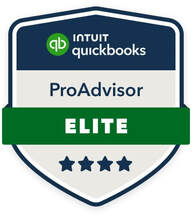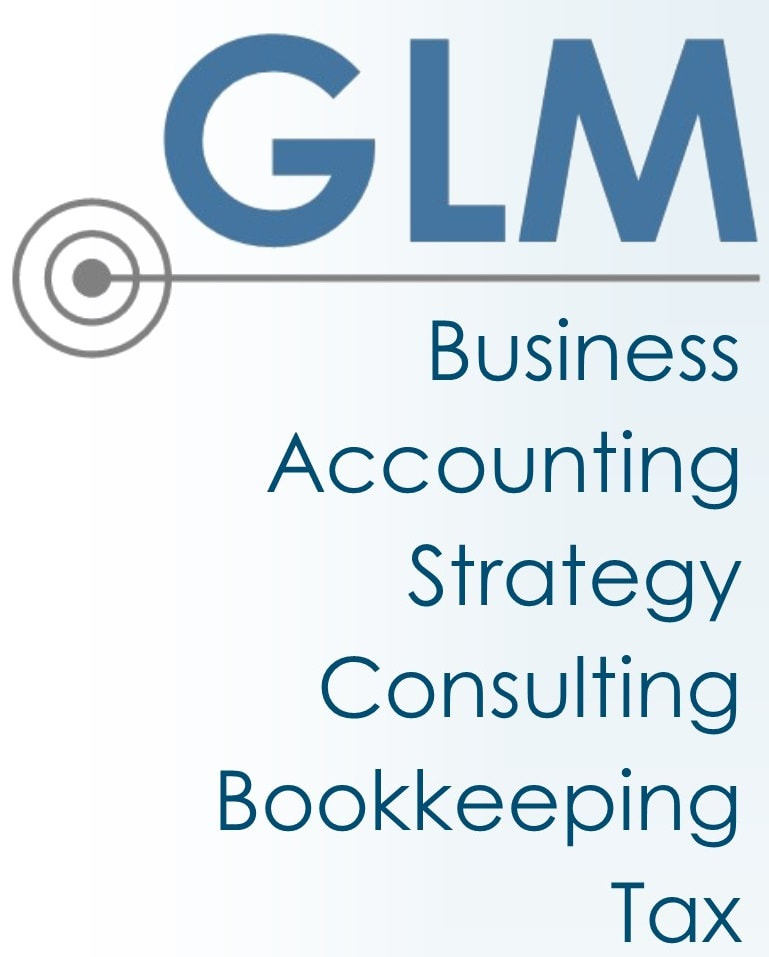Generally, payers must file Form 1099-NEC by January 31. There is no automatic 30-day extension to file Form 1099-NEC. However, an extension to file may be available under certain hardship conditions.
Nonemployee compensation reportable on Form 1099-NEC is subject to backup withholding if a payee has not provided a Taxpayer Identification Number to the payer or the IRS notifies the payer that the payee provided a TIN that does not match their name in IRS records.
A TIN can be one of the following numbers:
- Social Security
- Employer identification
- Individual taxpayer identification
- Adoption taxpayer identification
What is backup withholding?
Backup withholding can apply to most kinds of payments reported on Forms 1099 and W-2G. The person or business paying the taxpayer doesn't generally withhold taxes from certain payments; however, there are situations when the payer is required to withhold a certain percentage of tax to make sure the IRS receives the tax due on this income. The payer's requirement to withhold taxes from payments not otherwise subject to withholding is known as backup withholding. The current backup withholding tax rate is 24%.
Fast facts to helps taxpayers understand backup withholding
Under the tax law, payers responsible for knowing who they are paying. To accomplish this, payers are required to collect the legal name and taxpayer identification number, or TIN, from vendors they pay. Generally, backup withholding is required when a service vendor does not provide the payer their TIN timely or accurately. This type of withholding can apply to most payments reported on certain Forms 1099 and W-2G.
Here’s what taxpayers need to know about backup withholding.
Backup withholding is required on certain non-payroll amounts when certain conditions apply.
The payer making such payments to the payee doesn't generally withhold taxes, and the payees report and pay taxes on this income when they file their federal tax returns. There are, however, situations when the payer is required to withhold a certain percentage of tax to make sure the IRS receives the tax due on this income.
Backup withholding is set at a specific percentage.
The current rate is 24 percent.
Payments subject to backup withholding include:
- Interest payments
- Dividends
- Payment card and third-party network transactions
- Patronage dividends, but only if at least half the payment is in money
- Rents, profits, or other gains
- Commissions, fees, or other payments for work done as an independent contractor
- Payments by brokers
- Barter exchanges
- Payments by fishing boat operators, but only the part that is paid in actual money and that represents a share of the proceeds of the catch
- Royalty payments
- Gambling winnings, if not subject to gambling withholding
- Taxable grants
- Agriculture payments
Examples when the payer must deduct backup withholding:
- If a payee has not provided the payer a Taxpayer Identification Number.
- A TIN specifically identifies the payee.
- TINs include Social Security numbers, Employer Identification Numbers, Individual Taxpayer Identification Numbers and Adoption Taxpayer Identification Numbers.
- If the IRS notified the payer that the payee provided an incorrect TIN; that is the TIN does not match the name in IRS records. Payees should make sure that the payer has their correct name and TIN to avoid backup withholding


 RSS Feed
RSS Feed


